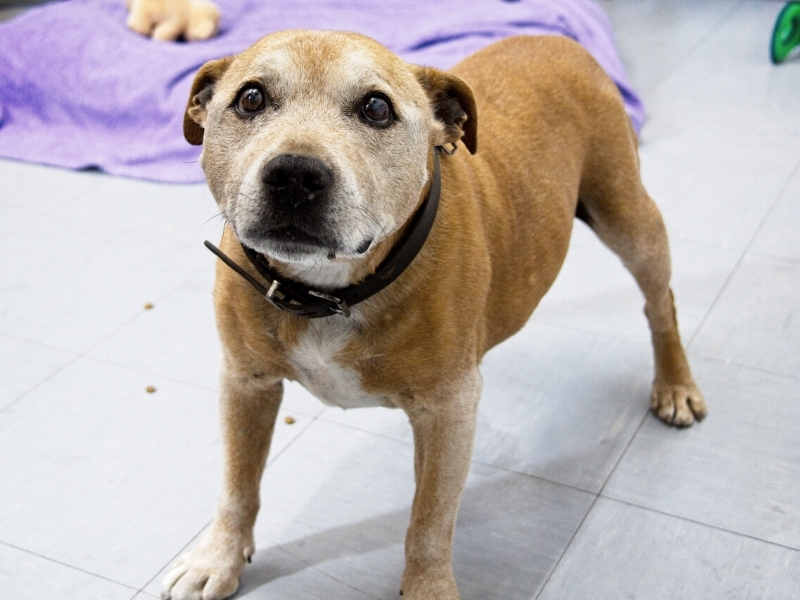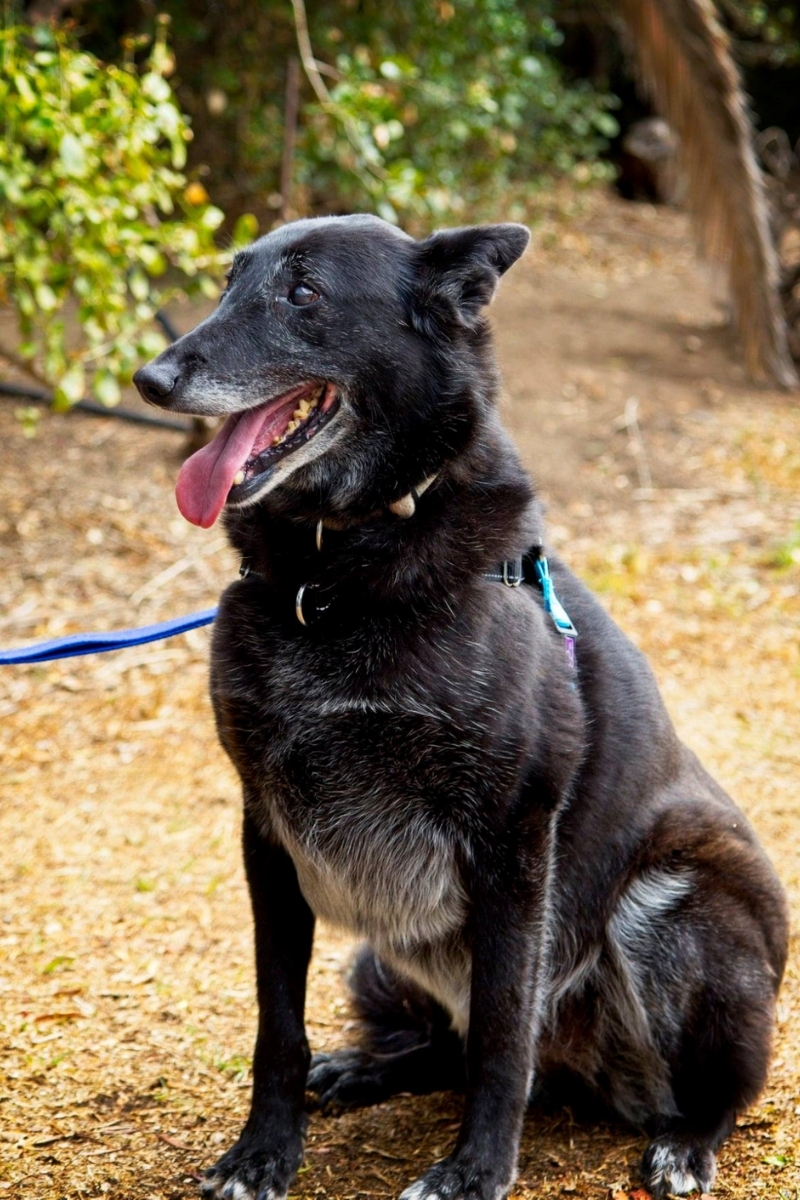Arthritis in animals: how to spot it and how to treat it
September 14, 2021Just like humans, animals can suffer from arthritis. Also known as osteoarthritis or degenerative joint disease, this condition results in the cartilage lining of the joint wears down, resulting in inflammation, swelling and pain.
Arthritis is common in older animals, particularly older dogs and cats. There are fewer common cases of it occurring in younger pets as well. It’s typically brought on by ongoing wear and tear and instability in the joints. It can also be brought on by other factors such as injury, genetic makeup, infection, immune disease and cancer, which can also affect the progression.
Despite its commonality, many cases of arthritis in animals are often left untreated, resulting in unnecessary pain and suffering. We have established a guide to help determine if your pet has arthritis and what to do to help alleviate their discomfort.

What are the signs of arthritis in dogs and cats?
- Limping/ shuffling when they walk
- Stiffness in legs (particularly in the morning/ after they wake up or when the weather is colder)
- Difficulty getting up out of bed or jumping up and down from couches
- Licking or nibbling certain joints
- Vocalising in pain when touched
- Struggles climbing stairs
- Reduced activity and reluctance to play
- Lack of energy or changes in personality
If you are spotting these signs, we recommend consulting your vet for a full physical examination and assessment. It is important to do this to get a proper diagnosis and a personalised treatment plan, and it’s also important to ensure a proper diagnosis of osteoarthritis is made, as other conditions can mimic this condition.

Treating arthritis
Both the treatment and management of arthritis will differ between individual animals and will be determined by factors such as age, level of fitness, weight and other health conditions they might have.
Unfortunately, there is no cure for arthritis. The key to controlling the pain associated with arthritis is managing the inflammation within the joints, which can slow the progression.
In terms of medication, it is possible that your vet may prescribe your dog one of the following. Please note that this is not a complete list (always consult your veterinarian first):
- Anti-inflammatory medication– this can be used to control the pain associated with arthritis. Anti-inflammatory medication is best used to control acute pain and as an adjunct for the management of chronic pain. While this kind of medication cannot cure arthritis, it is best used in combination with other treatment methods.
- Joint cartilage protection medication– this increases joint fluid production as well as increases blood supply to joint surfaces, which has proven results in delaying the progression of arthritis and help control the pain associated with the disease.
- Advanced cell therapy– while this treatment is still relatively new, it has been shown to have an anti-inflammatory effect on arthritic joints. There is promising research that demonstrates its benefits as an alternative to traditional medications or orthopedic procedures.
- Surgical procedures– there are a number of surgical procedures available for pets with severe arthritis, including total hip replacements. Your vet will let you know if this is a treatment option for your pet.
vbv
.
Management and prevention
Your pet may require a little extra love and attention. Make sure their favourite places to rest are easily accessible, keeping beds either low to the ground. You can also invest in a set of stairs or a ramp so that your furry friend can get up and down without jumping. Try to prevent any unneeded stress to their joints.
Diet is incredibly important. It is crucial to make sure their weight is in a healthy range of excess weight puts pressure on joints. A diet rich in omega 3 fatty acids can help block inflammation around joints.
Small amounts of exercise is a great way to keep your pet healthy. For dogs, walking and swimming are good options. Make sure you consult with your vet about what duration of exercise is appropriate for your animal.
Uncontrolled exercise (chasing after tennis balls, zoomies, chasing birds etc) can place undue pressure on ligaments and result in permanent damage to the joints – try to stop this kind of movement if you can.
For more information on arthritis in cats and dogs visit RSPCA’s knowledge base.



